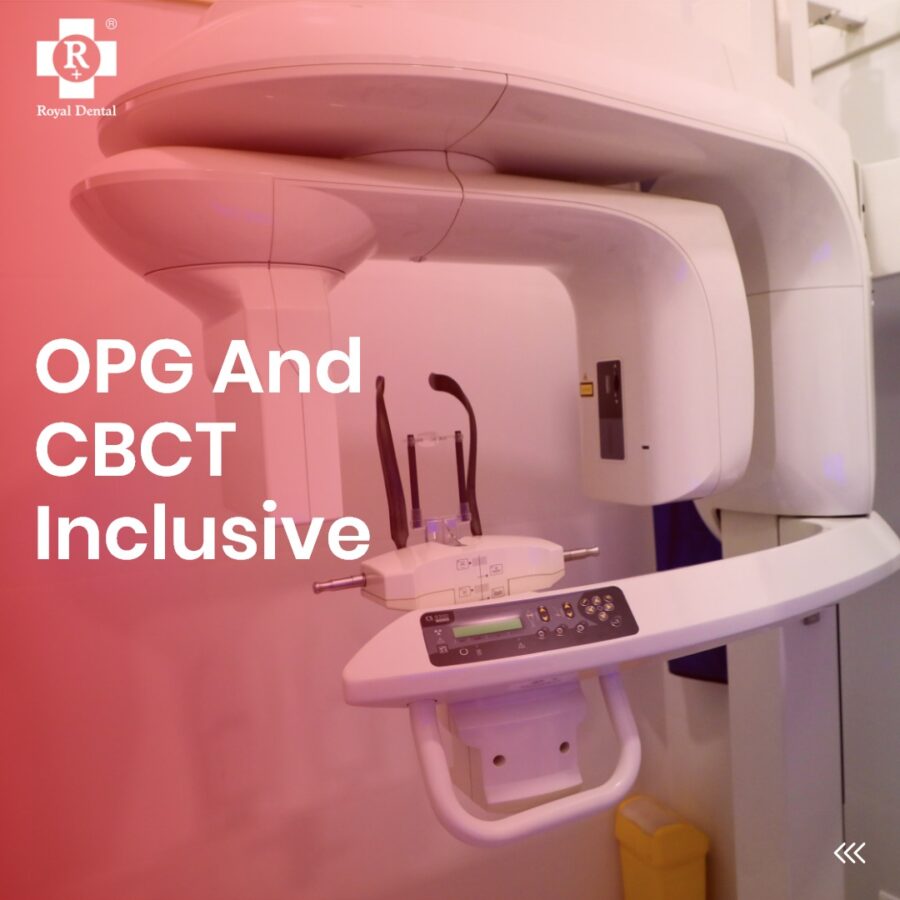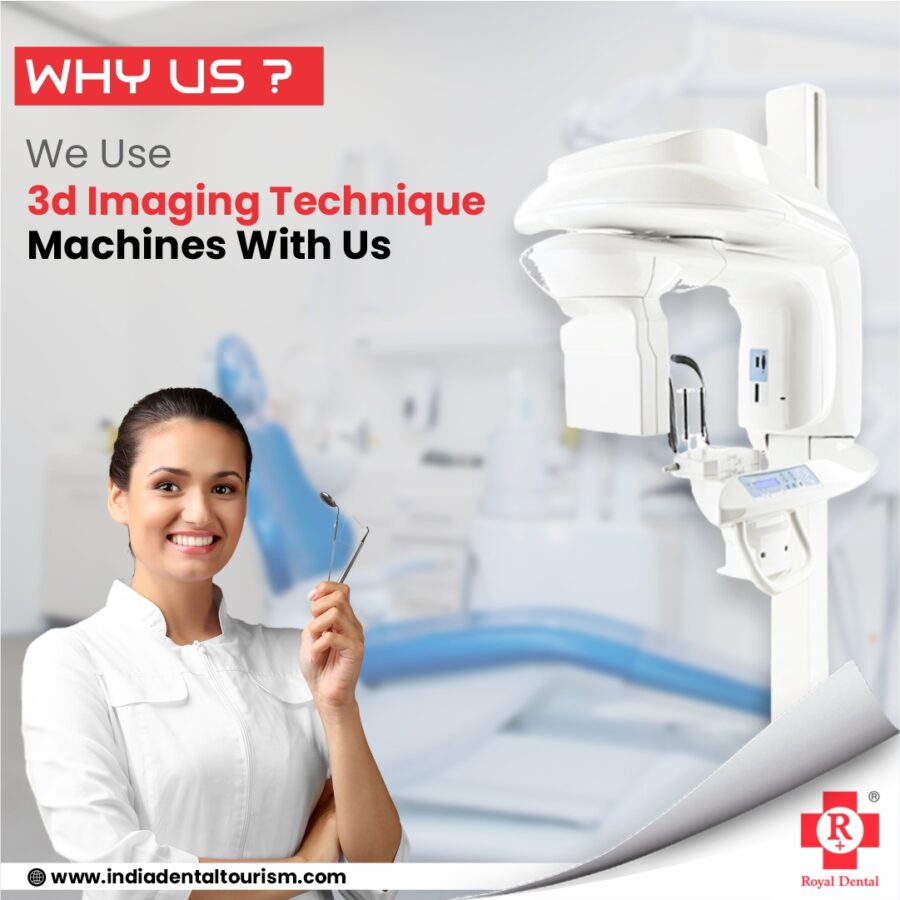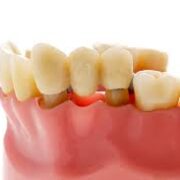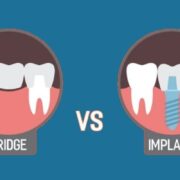Dental implants, first used in the 1980s, are a brilliant solution for patients who want to replace missing teeth. Unlike dentures or bridgework, dental implants are permanent replacements that can last a lifetime. A titanium screw-like implant is inserted into the jawbone where the tooth once was. Over time, natural bone growth fuses with the implant and it becomes fully integrated into your jaw. Once the healing process is complete, we can place a custom-made replacement crown or artificial tooth on top of the implant so it looks like your old natural tooth again. There are several ways of placing dental implants depending on the location and jaw type of the patient. In this article, you will learn about 3D CT scans for dental implant placement using new technology which helps in easy placement even in challenging situations.
What is a 3D CT scan?
A CT or computed tomography scan is an x-ray machine that takes high-resolution 3D pictures of your teeth to create a virtual model of your mouth. You will lie on a table inside a big machine that rotates around you while a computer takes images through your teeth from different directions. After the scan, your dentist will receive a computer report with cross-sectional images of your mouth. The 3D CT scan is especially useful for treating people who have dental problems that make it difficult to get a traditional 2D dental x-ray.

Whether you have a missing tooth, a misaligned bite, or a jaw disorder, like impacted wisdom teeth, a CT scan can show your dentist the exact location of your problem. The key advantage of the CT scan is that it can see through the patient’s soft tissue inside the mouth. This visual representation can be helpful in determining the condition of the teeth, gums, and jawbones. Because the images are generated in 3D, the dentist can see interior details in the images that would be difficult to determine with a regular 2D x-ray.
3d CBCT Scan | Mumbai India
3D Ct Scans provide both three-dimensional and cross-section views that show much more than traditional two-dimensional x-rays. These 3D images provide detailed views that enable Dr. Chirag Chamria to determine the quality and quantity of bone as well as bone density where the implants will be placed. Vital structures such as sinuses and nerves are precisely located to add a great measure of safety not offered with traditional x-rays.

With this information, Dr. Chirag can determine the proper treatment approach for each individual patient, including the correct implant size and position for optimal implant placement. 3D imaging is becoming the standard of care for Implant Dentistry.
- To accurately evaluate bone levels to ensure the nerves of the lower jaw and sinuses of the upper are avoided
- Plan the precise placement of dental implants prior to surgery
- To ensure predictable, successful and safe long-lasting results
3D CT scan for dental implant placement
A 3D CT scan for dental implant placement is helpful for a very challenging situation where the patient has a narrow jaw. It becomes very difficult to place an implant in a narrow jaw as there is less space to work with. A 3D CT scan is helpful in such cases as it can be used to visualize the anatomy from different directions. You can use a 3D CT scan for dental implant placement either before surgery or during surgery to help place the implant.
A 3D scan can be helpful before surgery if the patient does not have a suitable bone for implant placement. During surgery, it is helpful to place the implant in the right position with the help of a 3D CT scan. A 3D CT scan can be helpful in challenging situations like when the patient has a crooked mandible when the patient has a wide palate when the patient has a narrow palate, when the patient has an overbite, and when the patient has an underbite.
When should I get a 3D CT scan?
A 3D CT scan can be helpful in almost all the above-mentioned situations. The only condition is that the patient should have a sufficient amount of bone to support the implant. If the patient has a low bone density, he/she should not get a 3D CT scan as it cannot be used for implant placement. If you are unsure if you have enough bone for an implant, it is best to err on the side of caution and get a dental x-ray first. Once you have confirmed that you have enough bone for the implant. Getting a 3D CT scan is helpful even if you have an existing implant in the same jaw. This is because a 3D CT scan can be used to visualize the implant from different directions.
Benefits of using a 3D CT scan
A 3D CT scan is helpful in the following ways It can provide a detailed inside view of the patient’s mouth. Due to this, you can see the condition of the teeth, gums, and jawbones. It is helpful in determining the right location of the implant. Ifshow the position of the teeth, gums, and jawbones as compared to the position of the implant. It can help in determining whether the patient has enough space for the implant.
This can help avoid complications. It can help in the visualization of the patient’s existing dental condition. It can provide a view of the patient’s bite and jaw movement. This can help avoid any complications during the surgery. It can be helpful in visualizing the placement of the implant even when the patient has a wide palate. A crooked mandible, or a narrow palate. This helps the surgeon to place the implant in the right position.

It can help in placing the implant in a challenging situation. It is helpful in the visualization of the exact location of the implant. Can help in the visualization of the gums and jawbones around the implant. They can help in the visualization of the patient’s existing dental condition. It can help in the visualization of the patient’s bite and jaw movement.
How to perform a 3D CT scan during implant placement?
Before surgery. If you do not have enough bone for the implant, the 3D CT scan can be helpful for the patient to get a dental implant.
During surgery. If you already have enough bone for an implant. A 3D CT scan can be helpful in placing the implant in the right position. During surgery, you might be given an aesthetic agent that will make you feel drowsy.
You might have a mild headache due to the medication. Your dentist will make you lie down on the CT scanner table and place your head inside a cylindrical hole. The cylinder hole will be covered by a thick foam that will protect your head. The cylinder hole will have openings at the sides so that the x-ray can pass through the table and reach your teeth.
Your dentist will place the dental implant in the desired position and the CT scanner will take high-quality x-rays of your teeth. The CT scanner will rotate around the cylinder hole several times to take x-rays from different directions so that the 3D model can be created. Once the x-rays are taken, the cylinder hole will be lifted up, and you will be asked to sit upright. The CT scanner will take a few more x-rays to confirm the correct placement of the implant.
Conclusion
A 3D CT scan is helpful in placing dental implants in challenging situations. It can be used to visualize the anatomy from different directions. You can use a 3D CT scan for dental implant placement either before surgery or during surgery to help place the implant in the right position. A 3D CT scan can be helpful in challenging situations like when the patient has a crooked mandible when the patient has a wide palate when the patient has a narrow palate. When the patient has an overbite, and when the patient has an underbite. 3D CT scan is helpful in understanding the patient’s existing dental condition and bite movement. A 3D CT scan is helpful in the visualization of the patient’s existing dental condition. A 3D CT scan is helpful in the visualization of the patient’s existing dental condition.






